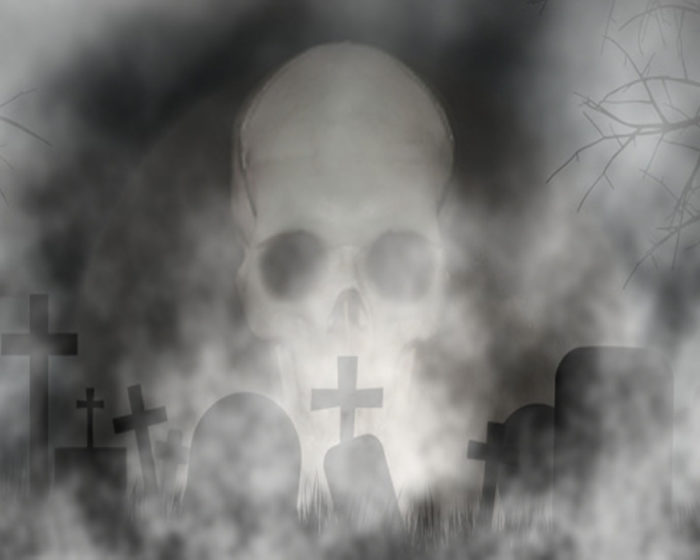By Jocelin Ramos
Many people have heard of checking your Halloween candy, but many of us have a tendency to ignore this precaution, thinking it’s just ridiculous to do that. Chances are there is nothing wrong with Halloween treats, but there is always that small possibility. Halloween is a perfect opportunity to smuggle unwanted things into children’s candies. Not only for children but also at adult Halloween parties, anyone can mess with someone’s drink. It’s sad to always worry about people doing you harm, when all you and your friends want is a little harmless trick or treating. But it may be smart to be suspicious when seemingly innocent social situations can end in rape, being drugged, being abducted or even death. It’s important to have fun throughout life but it is also important to take safety precautions while doing so.
Back in 1978, an 8-year-old boy named Timothy O’Bryan passed away due to consuming cyanide-contaminated candy. His father, Ronald O’Bryan, had laced his Halloween treats with this poison. O’Bryan had 5 Pixie Stix, and handed them out to two of his own kids, plus 3 others. Only Timothy ate one, and complained that it was “bitter and didn’t taste right.” The other kids did not eat theirs, although one child almost did until his mom stopped him and said he could have it for the next afternoon. An hour after Timothy ate the Pixie Stick he was found dead, and his father Ronald said some appropriately emotional words at his funeral.
Later on, he was convicted by a jury for causing the death of his own child. One motive for the murder was that Ronald had been doing bad financially, and had hoped to get cash from insurance policies he’d taken out on his kids. Provided with this evidence, the jury and judge at his trial sentenced Ronald to the death penalty. However it took 10 years after his son’s death for him to actually be executed.

Halloween, October 31, is a spooky season. In Latin America and Spain it’s known as El Dia De Los Muertos or the Day of the Dead. It’s a day to honor those relatives who have passed away, and even to expect their spirits to come visit on this day. In England it is associated with Guy Fawkes Day on November 5. Children would walk around asking for “a penny for the guy” to commemorate the execution of a man who tried to blow up a British Parliament building for religious and political reasons. Although British colonists imported this holiday to overseas colonies, its celebration shifted in meaning over time, and is now often celebrated with fireworks instead. Guy Fawkes Day eventually died out altogether in the U.S., but was replaced by a different, even spookier child-oriented holiday called Halloween or “All Hallows Eve,” which signifies the day before All Saints Day on the Christian calendar.
Recently, in many parts of Europe, Halloween has been getting more popular as well. We know it as a day for “trick or treating,” haunted houses, “escape rooms,” costume parties … all that good stuff. Various versions of this odd supernatural holiday have been around for thousands of years, each year carrying many memories. In New York City in particular, Halloween has created a huge annual parade featuring organized groups of people in elaborate costumes. Yet as with many public celebrations in this scary year of Covid 19, Manhattan’s Halloween parade won’t bring huge crowds to downtown streets in 2020–even though most of us will probably still be wearing masks!! No matter what, Halloween has always been an enjoyable holiday, and creative people will always find some way to keep it fun.
